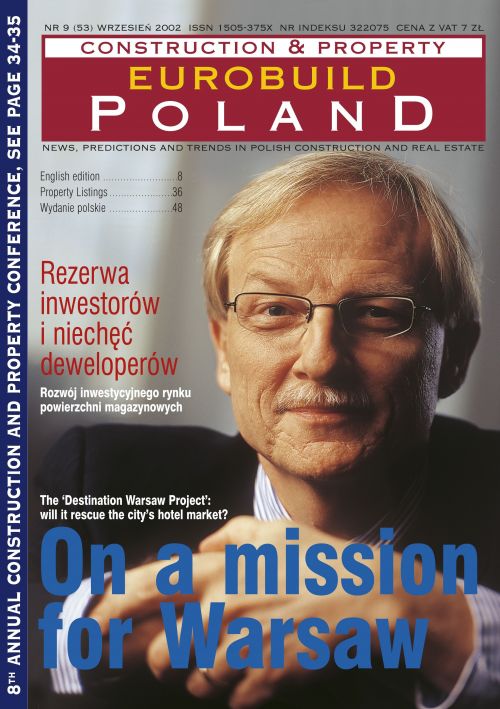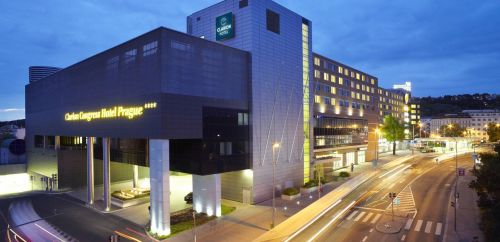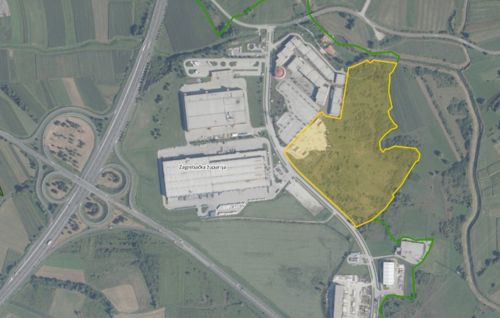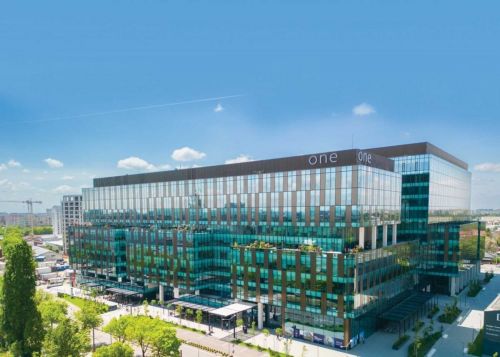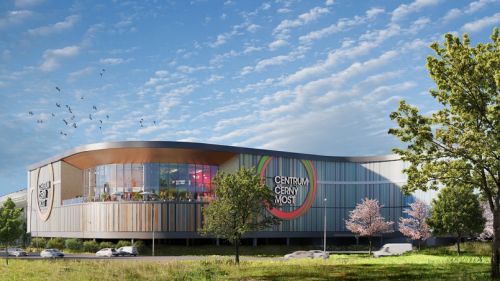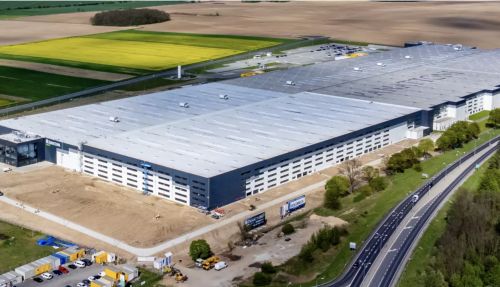Reach to where you cannot see
"Piling and foundation engineering are really too costly to build high-rise buildings in Warsaw", a construction manager told us. However, because of land prices (e.g. USD 2,000/ sqm.) and the low supply of plots in the city centre, investors are prepared to pay. We look at two projects near the ONZ roundabout.
Construction of the Inter-Continental hotel is in progress on the plot of land between the Warsaw Financial Centre and Warsaw Towers. According to engineer Janusz Zytomirski of Porr, (an Austrian General Contractor), with a steel fin on the roof it will reach 163 m. and become the highest reinforced-concrete skeleton building in Poland.
Protected against the elements
Because of its reinforced-concrete structure, the building is very rigid, and
less susceptible to wind. The hotel, whose top storey will stand at 153 m,
will go out of plumb by no more than 14 cm. This would be 32 cm for a
building of similar height, but built on a steel skeleton. A reinforced
concrete construction is however, heavier than one of steel, and its skeleton
needs more space. The foundations of the hotel are approximately 20 m
under ground level, and the securing slotted walls go 42 metres deep.
Jump lifts
The fast pace they are working at, (see quote above), ,is achieved thanks
to self-erecting boarding/shuttering, the pumping of concrete to each position
and the work of qualified reinforced concrete specialists. For the first time in
Poland, we are using so-called jump lifts, i.e. hotel lifts, (whose cabins are
suitably protected), so that there is internal transport for the numerous
subcontractors doing finishing and equipping work."
Lower, but still high
The Westin Hotel, whose construction manager is Stefan Ambroziak of Skanska
Polska, has - like the Inter-Continental hotel - a reinforced concrete
construction. Although Inter-Continental will be twice as high, Westin can also
be described as a high-rise building, according to the Ministerial
decision on Urban Development and Construction in 1994, which stipulated that
such buildings are those over 55 m.
Zonal installations
"It is more difficult to build a high-rise building, not only because of the
technological factors, but also because of the stricter construction
regulations. Foundation engineering is different and piling is applied more
often, which also increase costs", says Stefan Ambroziak.
In his opinion, an important difference between lower buildings of ,traditional
size" and skyscrapers is the design of installations, which are always
zonal. At Westin, it will be enough to design two zones of water installations
with a hydro-pump, pumping water to the higher storeys of the building. The
sewage system has 'choking' devices, i.e. pipes with bends which slow down
the flow of water.
























